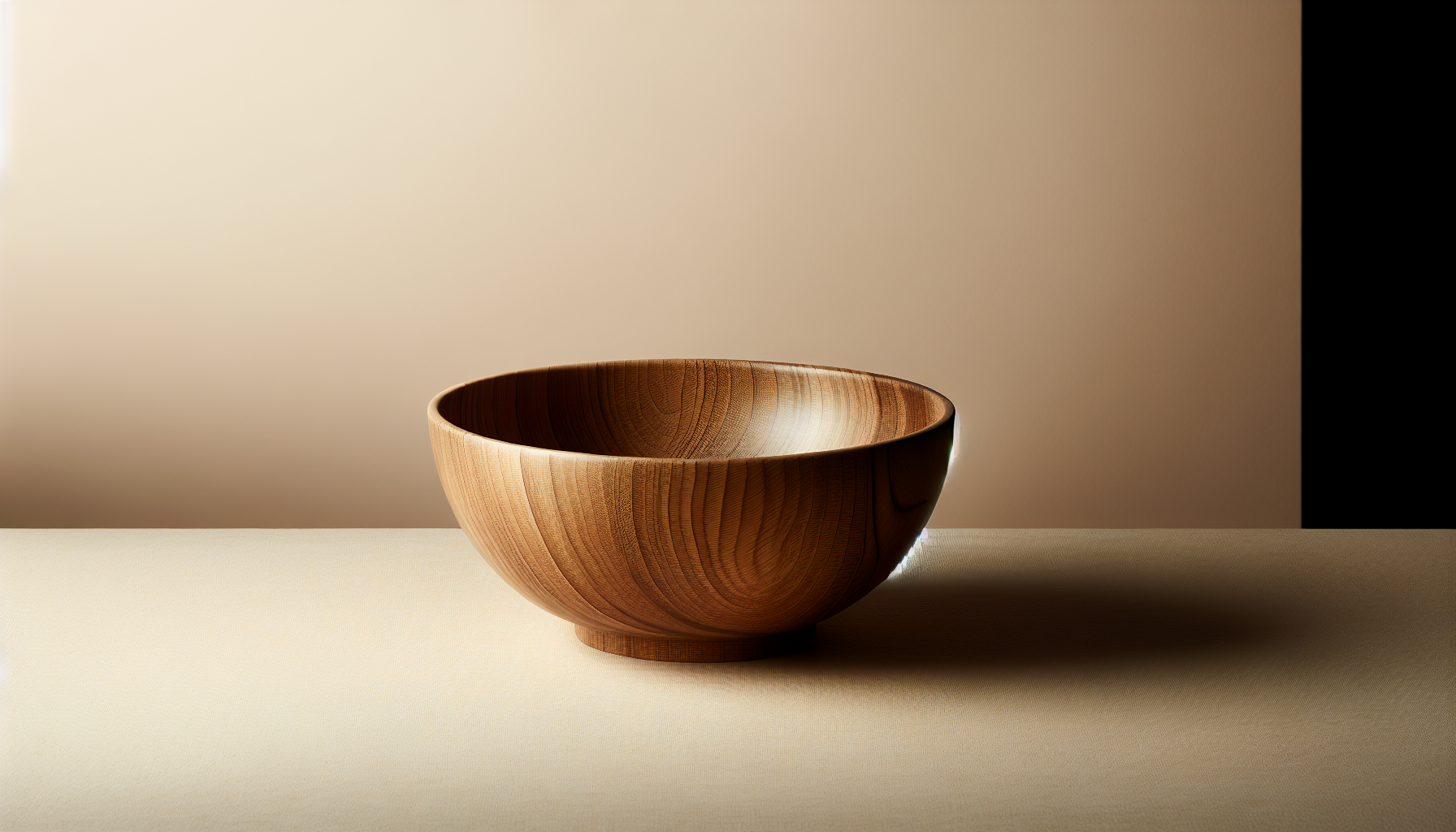Have you ever considered how texture plays a pivotal role in beautiful design? Texture can elevate our living spaces, especially in the world of Japandi design, where the essence of minimalism meets functionality.
Understanding Japandi Design
Japandi design is a harmonious blend of Japanese and Scandinavian aesthetics. This style emphasizes simplicity, functionality, and natural materials, all while creating a warm and inviting atmosphere. By merging the restrained elegance of Japanese interiors with the rustic charm of Scandinavian design, Japandi creates a serene environment tailored for modern living.
The Basics of Minimalism
At the core of minimalism is the idea that less is more. It promotes simplicity, uncluttered spaces, and functionality. Minimalism encourages intentional living, where each piece of furniture or decor has a purpose and significance in your space.
Yet, minimalism can sometimes feel cold or sterile if not balanced correctly. This is where texture comes into play, adding depth and warmth to an otherwise stark environment.
The Role of Texture in Japandi Design
Texture serves as a vital component in Japandi design by softening the austere elements of minimalism and creating visual interest. When you think about tranquility and comfort, texture is often the underlying factor, allowing the space to feel inviting while maintaining its simplicity.
Types of Texture to Consider
Understanding the various types of textures can help you incorporate them effectively into your space. Here are some common textures used in Japandi design:
| Texture Type | Description | Examples |
|---|---|---|
| Natural Textures | Elements derived directly from nature | Wood, stone, bamboo |
| Soft Textures | Fabrics that offer warmth and comfort | Cotton, linen, wool |
| Smooth Textures | Sleek surfaces that create a modern feel | Glass, ceramics |
| Textured Fabrics | Fabrics featuring patterns or tactile finishes | Boucle, chenille |
| Organic Forms | Irregular shapes that add visual intrigue | Sculptural objects, pottery |
Natural Textures
Natural textures offer an organic touch, grounding the space and connecting you to nature. Natural materials like wood and stone are abundant in Japandi design, showcasing their inherent beauty. The grain of wood or the rugged surface of stone can serve as focal points, drawing the eye and warming the atmosphere.
Soft Textures
Soft textures contribute to a cozy feel in your room. When you add elements like throw pillows, blankets, or cushiony rugs, you create a sense of comfort that counteracts the starkness sometimes associated with minimalism. Materials such as linen or wool can introduce a tactile experience that invites you to engage with your surroundings.
Smooth Textures
Smooth textures can give your space a polished and contemporary appearance. Surfaces like glass or ceramics provide a sleek contrast to the more rustic components of Japandi design. Balancing smooth textures with rougher ones creates a dynamic visual and tactile experience.
Textured Fabrics
Incorporating textured fabrics can add depth and richness to your space. Whether it’s a boucle throw blanket or angular patterned curtains, textured fabrics can soften the flat planes often seen in minimalistic spaces. These fabrics can add warmth and character without cluttering the design.
Organic Forms
Objects with organic shapes can break up the rigidity of straight lines often found in minimalist design. Sculptural pieces or handmade pottery introduce irregular forms that add interest and create dynamic contrasts with both smooth and rough textures.
Balancing Texture and Minimalism
Finding the right balance between texture and minimalism is key to successful Japandi design. When you integrate texture mindfully, you can enhance the visual and emotional appeal of your space without overwhelming it.
Layering Textures
Layering different textures can create a visually rich environment. Consider contrasting a soft wool throw with a raw wooden coffee table. The interplay of textures not only adds interest but also invites touch, enhancing your overall experience.
Neutral Color Palettes
Japandi design often employs neutral color palettes, allowing textures to take center stage. When colors are subtle, textures become the story. You can create a soft, cohesive look by using varying shades of beige, gray, and muted pastels, allowing textures to shine without competing for attention.
Focused Highlighting
Choose specific pieces with prominent textures to act as focal points in your space. A beautifully grainy wooden bench or an intricately textured vase can become conversation starters while keeping the overall aesthetic simple and uncluttered.
Balance Hard and Soft Textures
Combining hard and soft textures is an effective way to maintain balance in your space. For example, you can pair a sleek, glass coffee table with soft, plush cushions on a minimalist sofa. This contrast adds visual intrigue and keeps the environment feeling warm and inviting.
Functionality of Textures
In Japandi design, function and form go hand in hand. Choose textures that serve a purpose while elevating the aesthetics of your space. For instance, textured rugs can absorb sound while providing comfort, making your living area feel cozier and more serene.
Creating your Japandi Space
When you embark on the journey of designing your Japandi space, focus on how textures can balance the minimalist principles. Here are some practical steps to guide you through the process.
Step 1: Assess Your Space
Begin by evaluating your current space. Identify areas that feel too sparse or cold and make a note of them. A minimalist area without adequate texture may feel less inviting. Think about how you can introduce texture to those areas effectively.
Step 2: Choose a Base Color Palette
Selecting a neutral color palette is essential. Stick to soft whites, beiges, or muted earth tones that complement each other. This foundational color scheme will ensure that textures can stand out without overwhelming the senses.
Step 3: Select Your Textures
Consider the textures mentioned before. Think about what resonates with you and fits within your overall design aesthetic. Remember to incorporate a variety of textures, including natural, soft, smooth, and organic ones.
Step 4: Layer Thoughtfully
Layer textures to add dimension. For example, use a soft rug beneath a wooden coffee table to create contrast. Throw pillows can also be layered on a couch, mixing smooth fabric with rougher textures to increase the tactile experience.
Step 5: Keep Functionality in Mind
If you choose furniture and decor, ensure they serve a purpose. For instance, a textured ottoman can double as storage space while adding warmth to a living room. Look for pieces that contribute to the overall functionality of your space.
Step 6: Finalize Your Decor
Complete your design by adding personal touches. Incorporate items that reflect your personality and style, but ensure they fit within the Japandi aesthetic. Minimalist art pieces, plants with organic textures, and unique handmade ceramics can tie your theme together beautifully.
Common Mistakes to Avoid
While navigating the world of Japandi design, you may encounter some common pitfalls related to texture and minimalism. Being aware of these can help you create a more cohesive and inviting environment.
Overloading on Textures
More isn’t always better. Avoid overwhelming your space with too many textures, which can lead to visual chaos. Be intentional with your selections, focusing on a few key textures that work harmoniously together.
Ignoring Scale
Textures should be proportionate to the furniture and space they occupy. An oversized, textured couch may overpower a small room, while tiny accents might get lost in a large space. Finding the right scale ensures a balanced look.
Neglecting Functionality
While textures are essential for aesthetics, functional elements should always take priority. Ensure that the textures you choose are durable and suitable for your lifestyle. For example, if you have pets, soft fabrics may not be practical.
Being Afraid of Contrast
Although balance is crucial, don’t shy away from contrasts. Combining different textures creates visual interest and can lead to a more engaging space. Play with varying textures and see the transformative effects they can have.
Forgetting About Maintenance
Some textures may require more upkeep than others. Keep maintenance in mind when selecting materials. For instance, while plush fabrics can be inviting, they may also attract pet hair and dust. Choose a balance that suits your lifestyle.
Conclusion
As you embrace the beauty of Japandi design, remember that effectively balancing visual minimalism with texture can elevate your space to new heights. By thoughtfully selecting and integrating various textures, you create an environment that feels warm, inviting, and uniquely yours.
In the end, a well-balanced Japandi space not only reflects your personal style but also provides a sanctuary of calm amidst the bustle of everyday life. So, go ahead, make those choices that resonate with you, and transform your surroundings into a minimalist haven enriched with texture and personality.

